2012 Selkirk, Manitoba, Canada
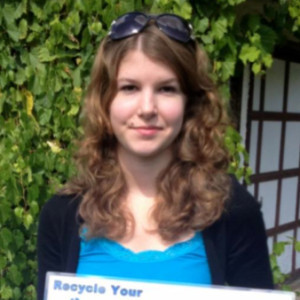
Lord Selkirk Regional High School student, Kayla Weselowski wanted to create an awareness campaign for the Selkirk, Lockport and St. Andrews area regarding the proper disposal of mercury-containing lights. She felt there was an inadequate amount of information available to the public regarding the safe disposal of these lights as well as the harm that would be caused by simply discarding this hazardous material.
She proposed a simple solution, to produce signs that she would put up in stores directing people to places where these bulbs can be recycled.
The Caring for our Watersheds contest provided Kayla with the funding requested to produce some of these signs.
“I really enjoyed overcoming the challenges that this project presented me with. These included everything from meeting deadlines, to improving my presentation skills. The actual advertising was quite a challenge for me as well, because I had very little experience with that form of art. Another obstacle was avoiding copy protected images; as a result, everything on the posters was self produced. Overall, I thoroughly enjoyed the independence I had during the entire process. The business aspect of it was also very interesting, and because of this experience I will be pursuing business courses in a post secondary education.”

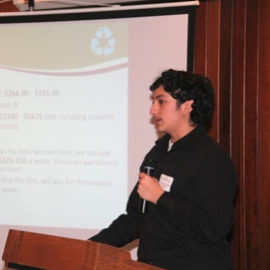
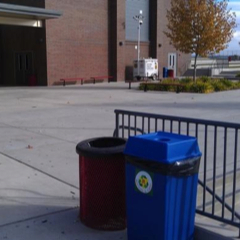
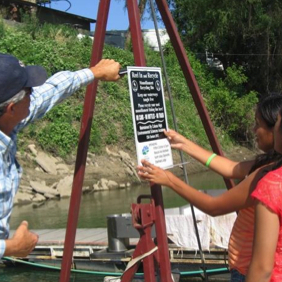
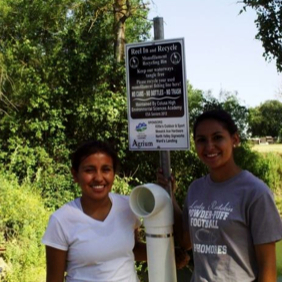 They visited each landing ahead of time to see where the best place would be to put the containers, conferring with the landing owners and staff. With full support and permission of the landing operators, they installed the containers and signs. Nutrien provided $342 in implementation funds for the project, which will be an ongoing effort carried on by the students at Colusa High School during Environmental Science Academy service hours. They are thankful that they were able to make their idea a reality and provide a simple solution to a problem in their watershed!
They visited each landing ahead of time to see where the best place would be to put the containers, conferring with the landing owners and staff. With full support and permission of the landing operators, they installed the containers and signs. Nutrien provided $342 in implementation funds for the project, which will be an ongoing effort carried on by the students at Colusa High School during Environmental Science Academy service hours. They are thankful that they were able to make their idea a reality and provide a simple solution to a problem in their watershed!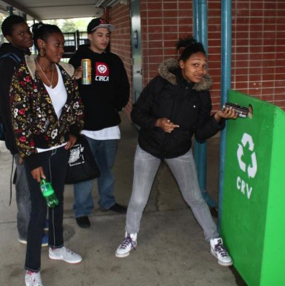
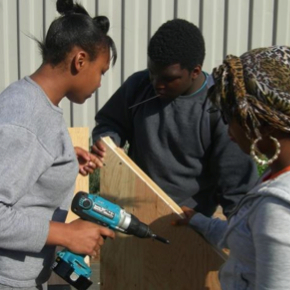
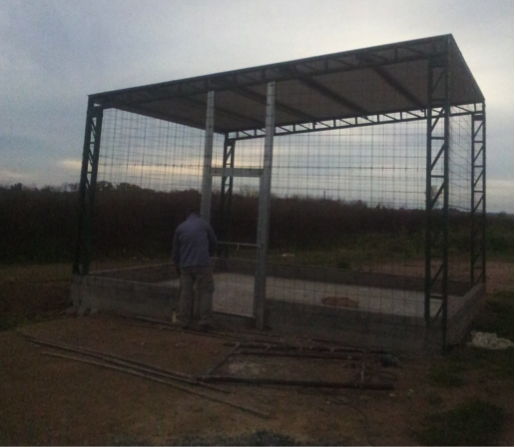
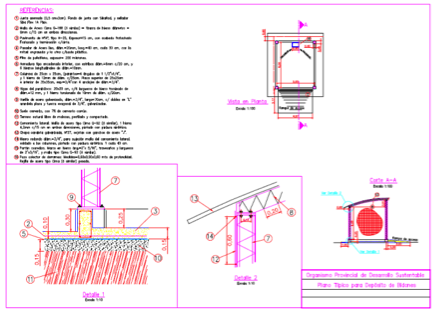
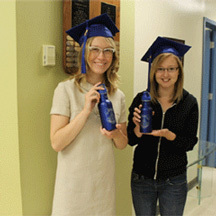
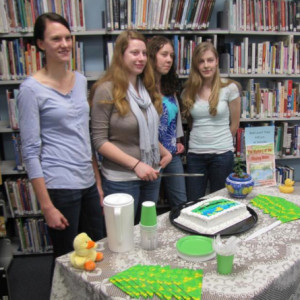
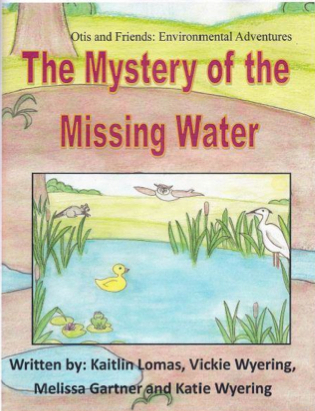
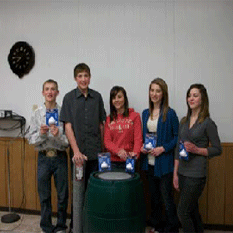
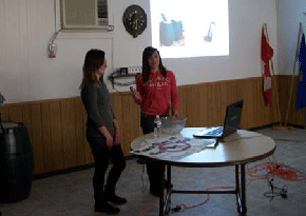 that
that